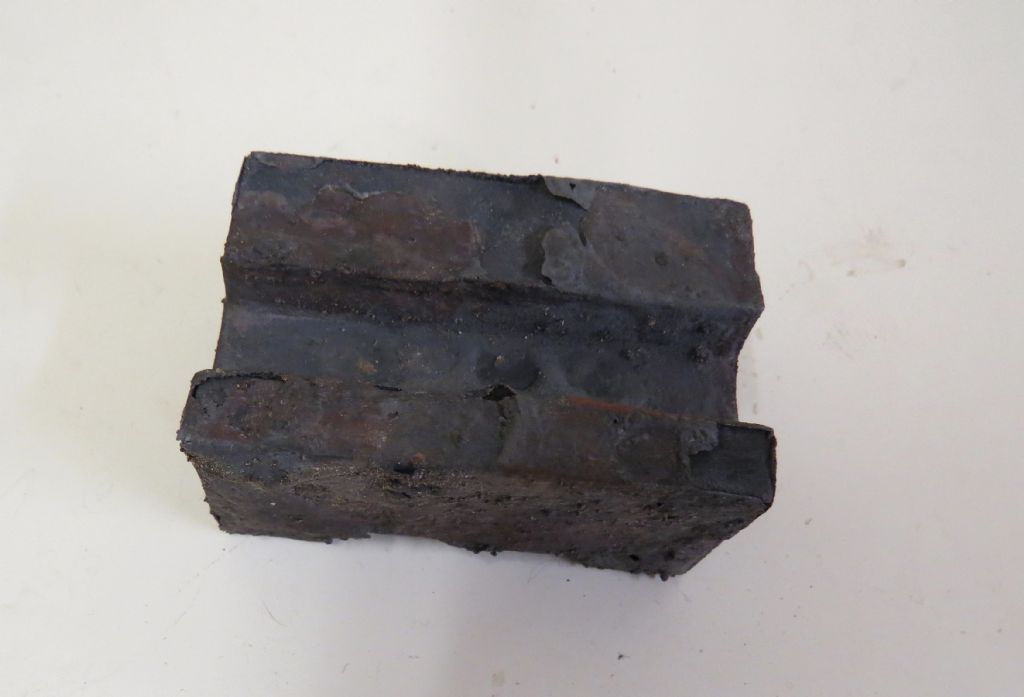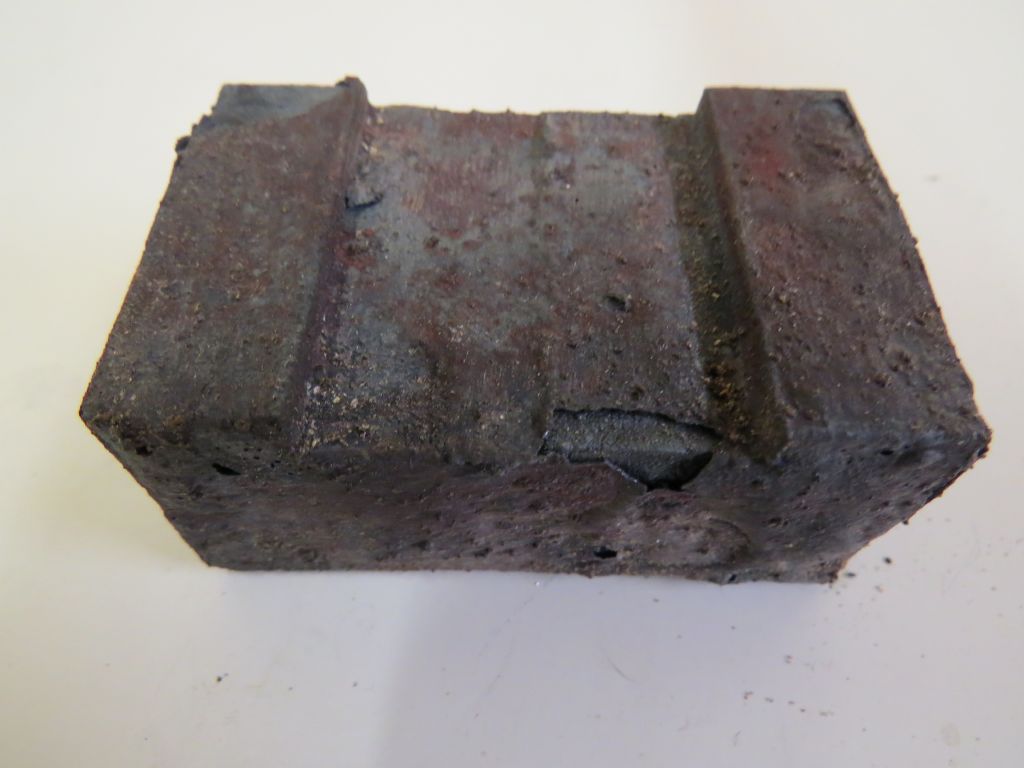Posted by Anna 1 on 19/12/2017 12:49:59:
Hello Dave.
I cannot say that I have read all of the report that you linked in your post, however as far as I could see the report relates only to non metallic inclusions, and makes no mention of possible problems with metallic inclusions or give steel a clean bill of health on that count. Please correct me if I am wrong.
…
However, in a former life I was persuaded against my instincts to injection mould some recycled polypropylene. Part way through the first bag I discovered a large broken spring which had fortunately attached to a ring of magnets in the base of the hopper If it had reached the screw it would have caused some very expensive damage. I learned a lesson that day, using outside sourced recycled material could be a very big mistake. kind regards Anna
Hi Anna,
Yes, the report is about non-metallic inclusions. I found it (and similar material) while looking for evidence of metal objects found in steel. I didn't find any evidence of those.
The report's significance is that it explains the presence of hard inclusions without requiring a ball-bearing or a lump of HSS to somehow survive unmelted in a furnace heated well above steel melting point. A huge amount of energy is needed to react out impurities and a big furnace can process as much as 30,000 tons of steel at a time. Although I feel metal inclusions are unlikely to survive that environment, the process damages the furnace and subsequent handling can also introduce problems.
Though I'm sure hard spots are a real problem I doubt they're caused by incompetent manufacture. Nor are they new – complaints about steel quality are as old as the hills. Ordinary cooling and rolling etc. can also cause problems. Perhaps this cause of hardness is even more likely than an inclusion – it's difficult to cool a large lump of metal at the same rate throughout. Normalising fixes it, a process that's been about for centuries.
When it really matters, say making a nuclear reactor's pressure vessel, steel-makers can guarantee their output to high standards. Careful selection of materials, extra careful chemistry, clean processing with an electric furnace full of Argon, and elaborate testing are all effective. Shame about the cost!
It's far more likely for unwanted objects to turn up in other recycled materials (and in food!) The processing isn't very intensive and might include error-prone hand picking. Or corner cutting to save money. When it really matters you have to be careful what you buy and check everything.
Dave
Mark Rand.






